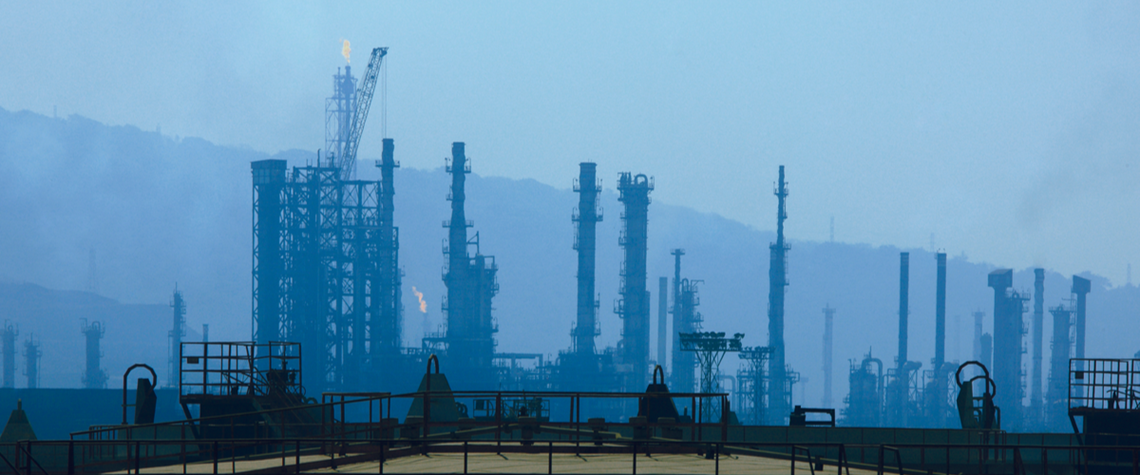India is looking to boost hydrogen demand as it looks to encourage the growth of its nascent sector.
India’s National Hydrogen Mission sets a goal of 5mn t/yr of green hydrogen production by 2030. A study by consultancy EY in June estimated this would require around 50GW of installed electrolyser capacity fed by 115GW of renewables, assuming an average renewable load factor of 25pc and electrolyser load factors of 60-70pc.
The current pipeline of projects falls well short of this target. As of June 2022, just 7.8GW of electrolytic hydrogen projects have been announced, while announced electrolyser manufacturing plants amount to just 4GW/yr by 2030, according to EY research.
Demand
Incoming policy support for green hydrogen on the demand side could change this. The updated energy conservation bill, which passed the lower house of parliament earlier this month, would empower the government to mandate the use of non-fossil fuels in industry, transport and commercial buildings. The bill specifically cites green hydrogen and green ammonia as potential non-fossil fuels.
The refining and fertiliser industries will likely be where mandates start, according to Deepak Yadav, programme associate at the Council on Energy, Environment and Water, a Dehli-based thinktank.
“There are lower-hanging fruits for industries like steel, such as energy efficiency and switching power supply,” he says.
Supply
The new measures will complement supply-side support introduced by the Ministry of Power’s green hydrogen policy in February. The policy seeks to ease the planning process for developers, and confirms renewable energy used for green hydrogen would count toward renewable purchase obligations.
Two other measures in the policy could be expanded on to help boost capacity, according to Yadav. The 25-year waiver for interstate transmission fees for power used for green hydrogen could be widened to include intrastate transmission.
And a policy which allows for excess renewable energy to be ‘banked’ for 30 days could be expanded from the intrastate to interstate level. This would be particularly beneficial because a significant amount of India’s fertiliser and refining industries are in the north of the country, whereas most wind capacity is in the south and west.
Made in India
Production-linked incentives (PLIs) for firms setting up electrolyser manufacturing capacity could also be introduced, according to Yadav. India has recently introduced PLIs for solar manufacturers after its National Solar Mission proved effective in rolling out solar capacity, but not in spurring a domestic solar industry.
The country is targeting the whole hydrogen supply chain, according to Siddharth Mayur, founder and chief executive of fuel cell and electrolyser manufacturing firms H2e Power and Homihydrogen.
“India could be an exporter of hydrogen, e-fuels like green ammonia and methanol, electrolysers and fuel cells, and also products like steel and fertiliser that have been decarbonised using hydrogen,” he says.
Prime Minister Narendra Modi has been enthusiastically promoting decarbonisation and green hydrogen in public, and the government has been working behind the scenes to encourage buy-in from large public and private companies, in addition to supporting startups working in the net zero value chain, Mayur adds.
This already appears to be bearing fruit. State-owned refiner IOCL has set a target of 10pc green hydrogen production at its refineries by 2030. And in the private sector refiner Reliance has set a target of reaching net-zero emissions by 2035, while conglomerate Adani has launched a new company with French major TotalEnergies aimed at producing 1mn t/yr of green hydrogen in India by 2030.
For all its ambition, India has yet to release a comprehensive hydrogen roadmap. The National Hydrogen Mission was just eight pages long.
A more detailed long-term strategy is expected to come soon and will be critical to ensuring investor confidence, according to government thinktank Niti Aayog.








Comments